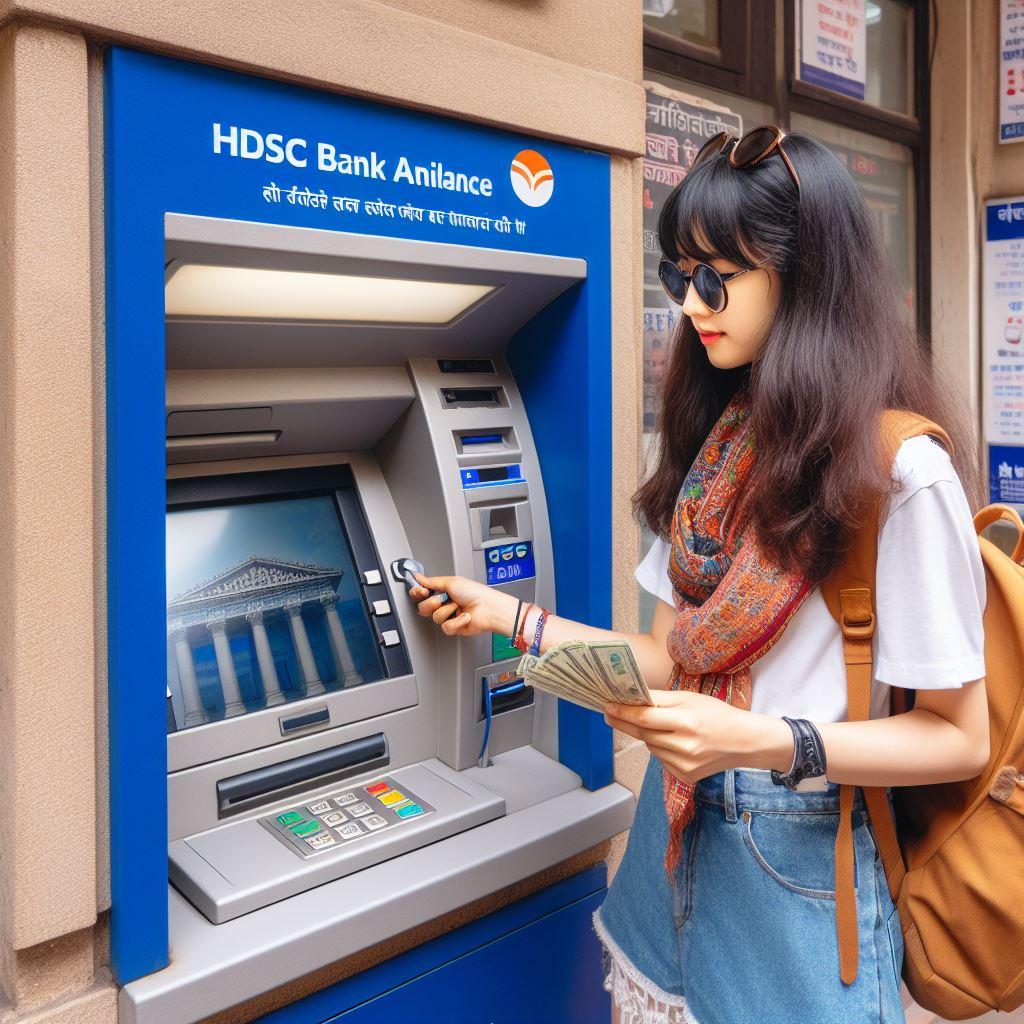Planning a trip to India? Handling money wisely can save you time, hassle, and extra costs. Whether you’re exchanging currency before you leave or accessing funds on arrival, here’s a practical guide based on real traveler experiences. We’ll cover options step by step, with pros, cons, and insider insights to help you make informed choices. Remember, exchange rates fluctuate—check live rates on apps like XE or Google before any transaction.
Before You Leave: Exchanging Currency at Home
If you prefer having some Indian Rupees (INR) in hand upon arrival, consider currency exchange firms in your home country.
- Pros: It’s a familiar process, and you might get decent rates for major currencies like USD or EUR.
- Cons: INR isn’t always readily available outside India, and rates can be less favorable compared to local options.
- What to Consider: Once in India, stick to reputable spots for better deals. Major banks like ICICI, HDFC, or Axis often provide competitive rates with low fees. Established travel companies such as Thomas Cook or SOTC are reliable too, especially at airports or city centers. Avoid small kiosks or unofficial dealers to prevent scams.
Added Insight: Prepaid forex cards (like those from HDFC or Axis) are a smart addition if you’re carrying larger amounts. Load them with USD or your home currency, and they work like debit cards at ATMs or for payments. They often lock in rates upfront and offer better security than cash—plus, you can reload them via app if needed. Just compare loading fees and ATM charges before buying one.
On the Ground in India: Getting Cash Easily
India’s financial system is modern and accessible, but cash is still king in markets, small towns, and for tips. Here’s how to get INR without overpaying.
Using ATMs
ATMs are everywhere—from airports to street corners—making them a go-to for most travelers.
- Pros: Huge network across cities and even rural areas; withdraw directly from your home bank account in INR.
- Cons: Watch for transaction fees (₹200-300 per withdrawal from Indian ATMs, plus your bank’s international fee). Daily limits vary: typically ₹15,000-₹50,000, depending on your card and bank.
Recommendations:
- Debit Cards: Seek ATMs with VISA, MasterCard, Discover, or UnionPay logos—these are common at banks like SBI, HDFC, or ICICI. Before traveling, notify your bank about your India trip to avoid card blocks due to suspected fraud. Also, confirm your daily withdrawal limits and any foreign transaction fees (often 1-3%).
- Credit Cards: Skip cash advances unless it’s an emergency—they come with high interest (up to 3-4% per month) starting immediately, plus fees. Use credit cards for purchases instead, where they’re widely accepted in hotels, shops, and online.
Pro Tip: At the ATM, you’ll often see an option to convert the transaction to your home currency (e.g., USD) or keep it in INR. Always choose INR to avoid dynamic currency conversion fees, which can add 2-6% extra. This simple choice has saved travelers hundreds on longer trips.
Added Insight: For safety, use ATMs inside bank branches during daylight hours to reduce skimming risks. In big cities like Delhi or Mumbai, apps like Google Maps can locate fee-free ATMs. If you’re in remote areas, carry backup cash, as network issues can occur during festivals or power outages.
Money Transfer Services
Need to receive funds from family or friends back home? These services are handy in urban areas.
- Pros: Convenient pickup points in cities; great for getting money wired from abroad quickly.
- Cons: Transfers can take 24 hours or more, and you’ll need a sender who has access to the service. Fees vary by amount and speed.
Examples: Western Union (widespread agents), Wise (low fees, app-based), or MoneyGram (quick but pricier for small amounts).
Added Insight: Compare rates on their apps—Wise often undercuts others by 1-2% on transfers. You’ll need ID like your passport for pickup, and limits apply (e.g., up to ₹50,000 per transaction for some). This is ideal for emergencies, like lost cards, but not for daily use.
Going Digital: UPI Wallets for Cashless Ease
While not strictly for getting cash, India’s Unified Payments Interface (UPI) is a game-changer for payments and can reduce your need for physical money.
- Pro Tip: Set up a UPI wallet via apps like Google Pay, PhonePe, or Paytm. It links to your bank account or digital wallet for seamless transactions. Foreigners can now use UPI with international cards or by linking a local SIM—check with your bank for compatibility.
Added Insight: UPI is accepted almost everywhere: street vendors, taxis (via QR codes), and even temples. It’s faster and safer than cash, with no fees for most peer-to-peer transfers. For travelers, it means less time at ATMs. If you’re staying longer, get a local bank account (possible with a visa) for full access. During peak tourist seasons, like Diwali, digital payments help avoid cash shortages at banks.
By mixing these options—starting with some exchanged cash, relying on ATMs, and embracing UPI—you’ll navigate India’s money scene smoothly. Track expenses with apps like Trail Wallet, and always have a mix of cash and cards for backups. Safe travels! If you have questions about specific cities or current rates, drop a comment below.
Categories :


